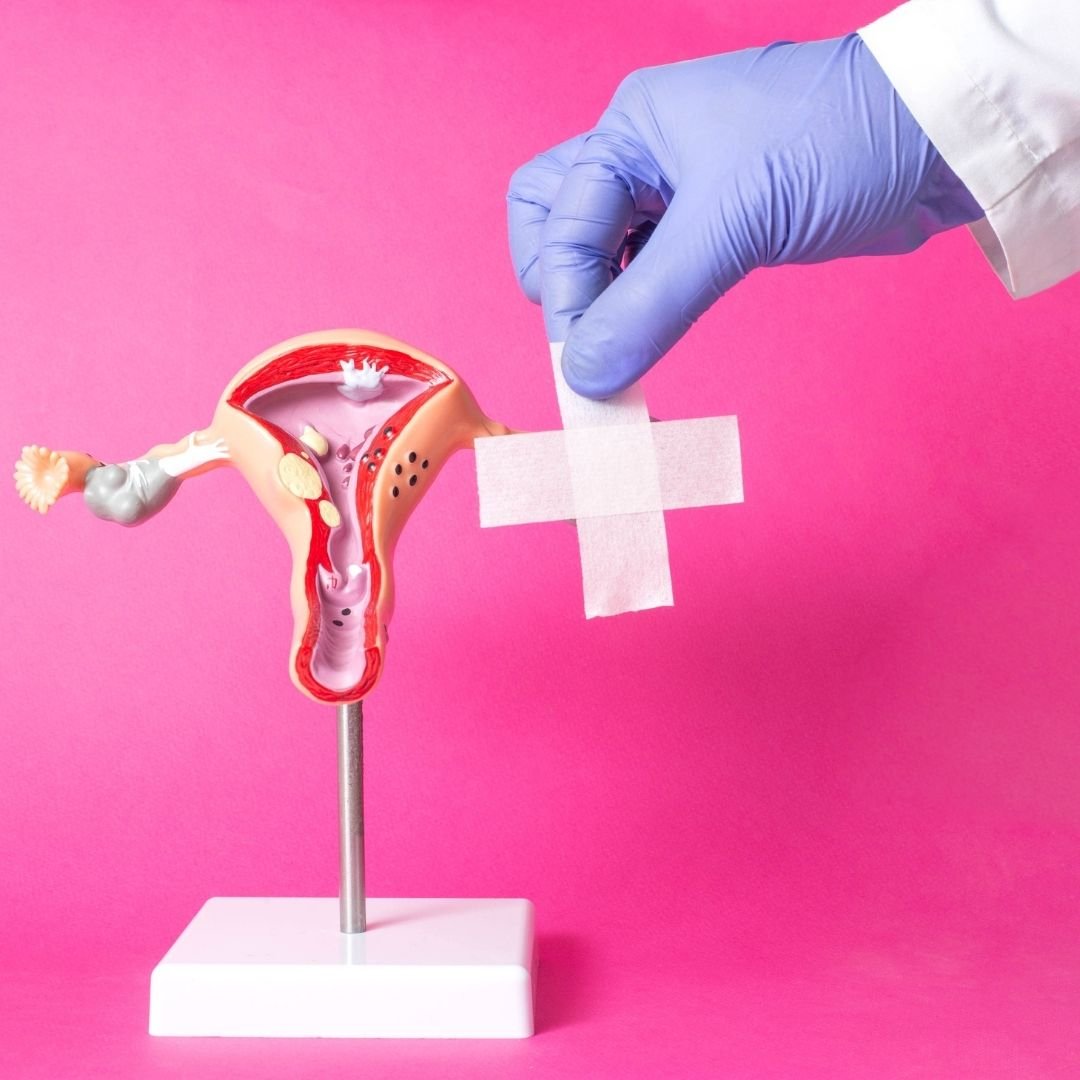The Blog
ALL Pregnancy Postpartum Pelvic Floor
The Art of Pushing: Closed vs Open Glottis Pushing
Closed glottis pushing and open glottis pushing are two different techniques used during the second stage of labor, specifically when a woman is pushing to give birth. These techniques relate to how a woman breathes and pushes during contractions to facilitate the delivery of the baby
Finding Hope: How Pessaries Can Help With Prolapse
Pessaries, a non-surgical treatment option, have been proven to provide relief and support for women experiencing pelvic organ prolapse. This blog post will explore how pessaries can help with prolapse, the different types available, and the positive impact they can have on a woman's quality of life.
The Surprising Connection Between Pelvic Floor and Breastfeeding: Reclaiming Joy in Motherhood
One surprising connection that many new mothers may not be aware of is the link between the pelvic floor and breastfeeding. The pelvic floor, a group of muscles that support the pelvic organs, plays a crucial role in breastfeeding success and overall postpartum well-being. Understanding this connection and taking steps to care for your pelvic floor can help new mothers reclaim joy in their motherhood journey.
Healing Your Body After Baby: Positive Progress with Postpartum Diastasis Recti and Physical Therapy
After giving birth, your body goes through enormous changes, both physical and emotional. While many of these changes are temporary, some may last for months or even years after delivery. One condition that affects a significant number of women after giving birth is Diastasis Recti. The good news is that Diastasis Recti is treatable with physical therapy, as well as the support of loved ones and a positive mindset. This blog will outline the positive progress that can be made with postpartum Diastasis Recti and physical therapy, giving you hope for a strong and healthy post-baby body.
Hope for Pelvic Prolapse: Understanding Treatment and the Benefits of Pelvic Floor Physical Therapy
Pelvic prolapse is a condition that affects many women, but it is often not talked about due to its sensitive nature. However, there is hope for those who suffer from it. Treatment options range from surgical procedures to non-invasive methods, but one option that has shown promising results is pelvic floor physical therapy.
In this blog, we will explore the benefits of pelvic floor physical therapy and how it can help treat pelvic prolapse. We will also discuss the common misconceptions about this type of therapy and the types of exercises that can be done. By understanding the options available for treatment, we can approach this condition with hope and optimism.
3 Tips For Healing Your Pelvic Floor After Giving Birth
After you’ve given birth, your pelvic floor muscles are going to be weak and you will probably experience some degree of incontinence (leakage of urine). It is important to start relearning your body along with retraining & strengthening your pelvic floor muscles along with your core after giving birth. This will help you heal quickly and reduce the risk of developing problems such as prolapse in the future.
Postpartum Bounce Back Culture
Read the guest blog I did for Postpartum University on The Toxic Bounce Back Culture & Social Media and how it effects your postpartum healing
Hope For Healing: A Pregnancy And Postpartum Journey
Pregnancy and postpartum are times of great physical and emotional challenges. In the pelvic floor world, we are often guilty of emphasizing all the challenges and all the "problems" that need healing.
For women with chronic illness, these compounded challenges can be even more daunting. The added stress of pregnancy and postpartum has the potential to exacerbate symptoms and create new ones.
But what would happen if we shifted our focus to the potential for healing and change? What if we spent more time cultivating hope for healing during such a significant life transition?
The Best Pregnancy & Postpartum Support Bands To Help You Through It All
Curious about what pregnancy and postpartum support band is best for your body, core, and pelvic floor muscles? Look no further than my top 4! Each has a link for shopping, plus one special discount code.
The Benefits of Pelvic floor Physical Therapy For Birth: Why You Need It
Pelvic floor physical therapy is NOT just for your postpartum body, but it’s also great for learning how your body can help birth your baby the way you want to. Having a birth plan is great and pelvic floor physical therapy can educate you on how to use your pelvic floor muscles, core muscles and body to push your baby properly.
Is urinary leakage normal?
Let’s talk about just how ‘normal’ leakage is and what can be done about it.
What your pelvic floor PT will never tell you.
Here are 10 things you’ll NEVER hear in the enCORE office about pelvic floor rehab
Vulva vs Vagina! Let’s learn
Explore the intricacies of the female genitalia – from the mons pubis to the vaginal opening. Learn the vital distinctions between the vulva and vagina, empowering yourself with knowledge for a healthier, more informed approach to pelvic health. Discover the expertise of pelvic floor physical therapists at enCORE Therapy in Kansas City, Overland Park, and Mission area
To Pessary or not Pessary….
My 2 cents on pessaries and why I think everyone who gave birth vaginally should get one and see a pelvic floor physical therapist.













